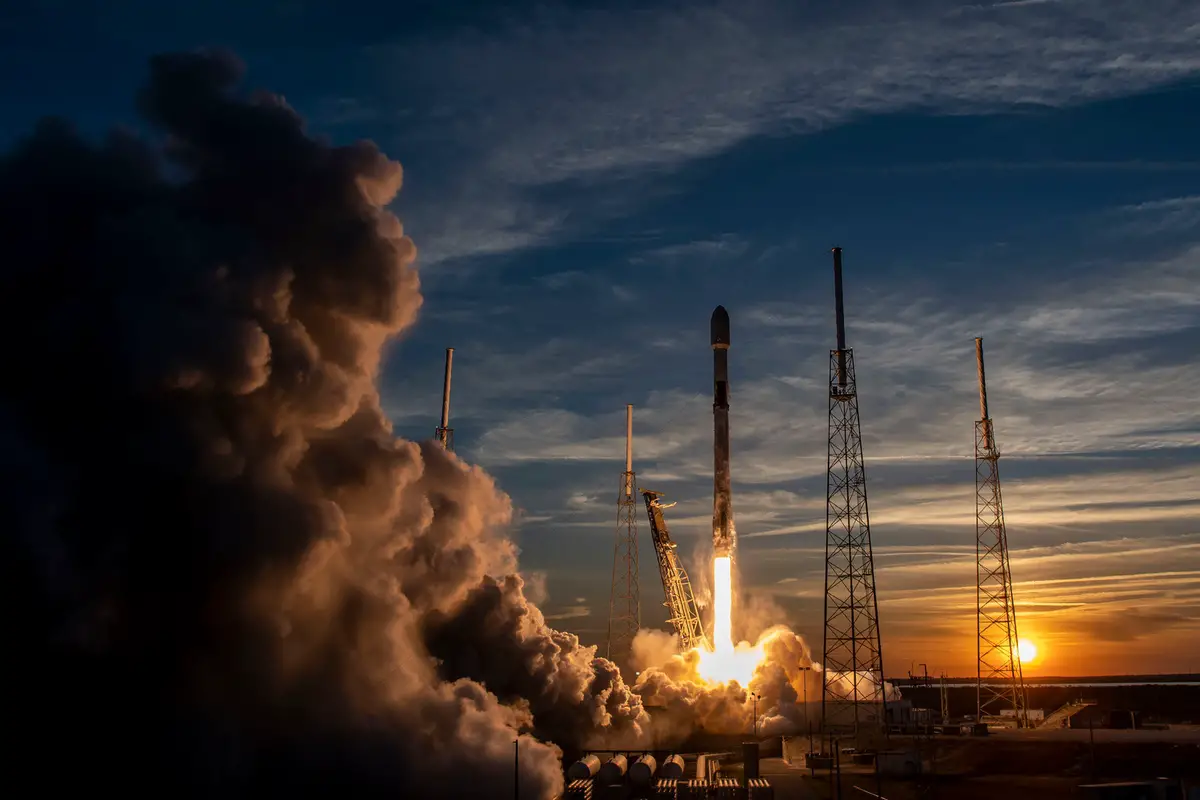High-speed connection and unbroken service are two key prominent aspects of the new Starlink satellites that are the buzz of the town. This might be avoided, according to SpaceX, with a variety of improvements now under development. These improvements will involve a brand-new sunlight-reflecting component that will work even while the gadget circles the planet. Without proper supervision, such illumination has a propensity to obstruct and photobomb the many observations done by experienced astronomers.
This has recently been a major issue, however, it now seems that SpaceX is doing all possible to allay the concerns that many in the scientific community have raised.
The company claims it is collaborating with several astronomers to find methods to prevent sunlight reflection from impacting the earth’s night sky. The information was presented in a brand-new document that was released on Thursday. It included all of the planned enhancements for SpaceX, along with a range of design alterations for different satellites.
The reflection happens simply if you’re asking how and when it does. Every time the satellite rotates and comes into contact with the darker area of the transition between day and night, it will reflect light.
This is one of the reasons why, in the first few hours after sunset, we can see these gadgets at ground level. All those working in space research on asteroids and comets close to the earth’s surface would consider the sunlight as presenting a serious threat. In case you didn’t know, twilight hours are when these kinds of observations are often made.
SpaceX first began to consider creative solutions that may solve the issue. And that included how their smartphones were outfitted with sun visors. This would undoubtedly stop any incoming light that produced a significant reflection.
The visors could end up blocking the entrance of the laser connections visible on SpaceX’s equipment, despite the fact that it may have seemed fantastic. SpaceX believed there might have been better solutions. Don’t forget that these products also contribute significantly to atmospheric drag, which forces spacecraft to burn up a significant portion of their fuel just to maintain orbits.
Utilizing mirrored films, which ultimately disperse any sunlight reflected from the ground, would have been an excellent alternative. It’s a fantastic prospect for the future, and the company is already developing it for its next goods.
In addition, SpaceX explained how upgraded Starlink satellites may reduce the brightness by over ten times when compared to the typical mirror film used in first-generation devices. The integration of the darker-shaded materials used by SpaceX, which again results in surfaces with fewer degrees of reflection, is Starlink’s second effort to aid in reflection reduction.
For the second generation of devices, there is some talk concerning the use of solar cell arrays. These would be aimed specifically in the opposite direction of the sun. Again, doing so would cut down on reflections, and it has been effective so far.
All of these actions have received a lot of attention and optimism since the corporation has pledged to make its goods invisible to the naked eye.
Additionally, SpaceX has disclosed how many other businesses are developing their own starlink-like satellites, creating fierce rivalry for the corporation. And if things aren’t maintained in control and in balance, we might all wind up with significant light pollution. There are still more satellites to be launched by SpaceX after approximately 3000 have already been launched.
Source: DigitalInformationWorld

